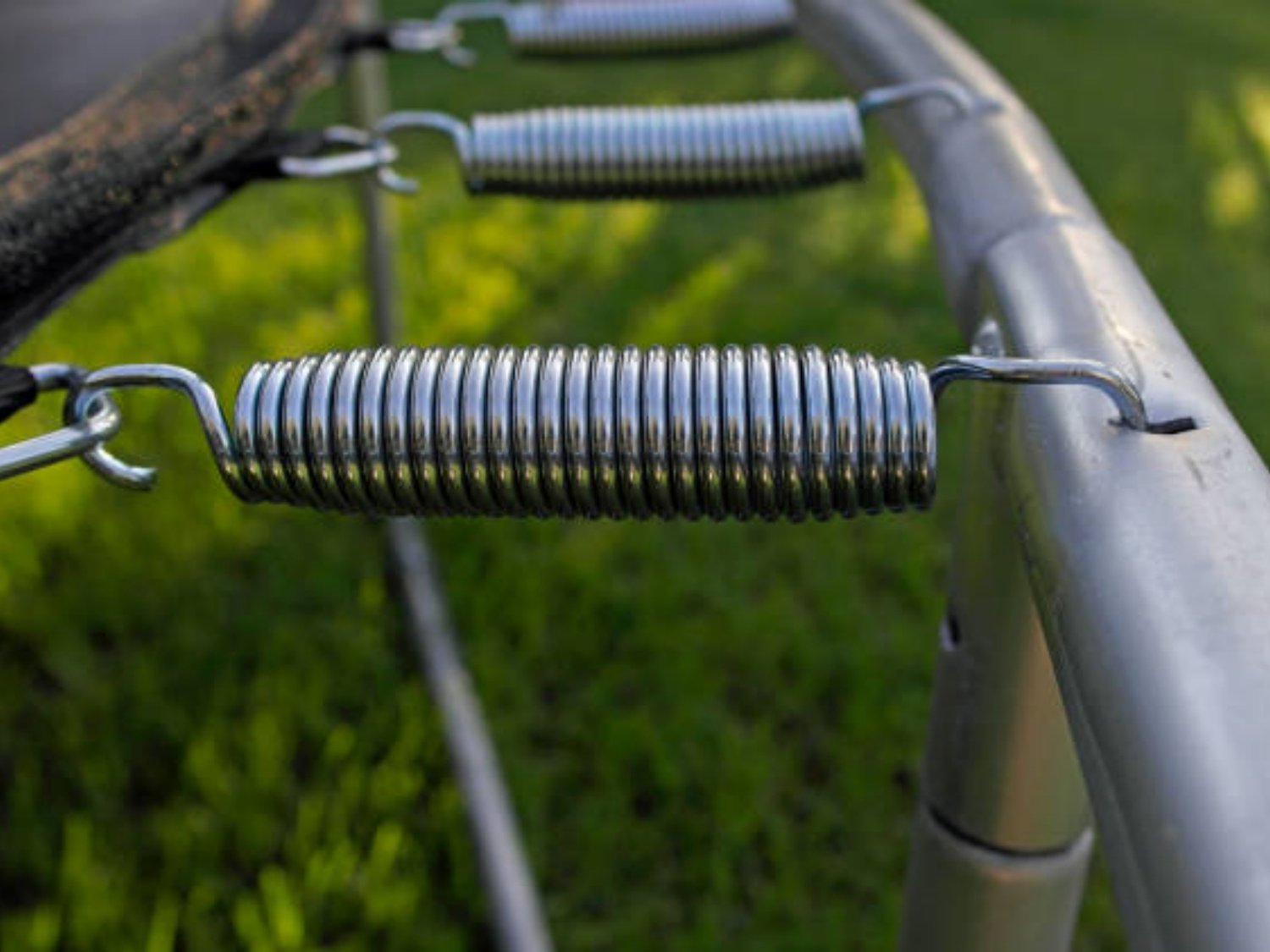The Basics of large compression springs
Large compression springs play a vital role in various industrial applications where heavy loads need to be supported or stored energy needs to be released. These springs are specifically designed to bear significant amounts of compression force and are commonly used in automotive, aerospace, and heavy machinery industries.
Understanding the features, properties, and applications of large compression springs can help businesses make informed decisions when selecting the right type of spring for their specific needs. In this article, we will explore the different aspects of large compression springs, from their design and materials to their applications and benefits.
The Design of Large Compression Springs
Large compression springs are typically made of high-quality steel wire, which allows them to withstand heavy loads and maintain their shape over extended periods. The design of these springs involves determining the wire size, coil diameter, and number of coils, all of which impact the spring's performance.
One crucial design consideration is the spring rate, which refers to the amount of force required to compress the spring by a specific distance. By adjusting the wire size and the number of coils, manufacturers can control the spring rate to meet the desired application requirements.
Materials Used in Large Compression Springs
The choice of materials for large compression springs depends on several factors, including the application's temperature, environment, and load requirements. The most commonly used material is high-carbon steel due to its excellent strength and durability.
However, other materials like stainless steel, alloy steel, and non-ferrous alloys may be used when specific properties are required. Stainless steel springs, for example, offer better corrosion resistance, making them suitable for applications in harsh environments or industries where cleanliness is crucial, such as food processing or pharmaceuticals.
Applications of Large Compression Springs
Large compression springs find extensive use in various industries, thanks to their ability to withstand heavy loads and provide reliable performance. Some common applications include:
- Automotive suspensions: Large compression springs are used in vehicle suspensions to absorb shocks and provide a smooth ride.
- Heavy machinery: They are utilized in heavy machinery to support and cushion loads.
- Aerospace industry: Large compression springs are used in landing gear systems and other critical components of aircraft.
- Railways: They are employed in railway systems to support and stabilize the tracks.
- Industrial equipment: Compression springs can be found in various industrial machines, such as presses, crushers, and compactors.
The Benefits of Large Compression Springs
Large compression springs offer several advantages, making them a preferred choice in many applications. Some key benefits include:
- High load-bearing capacity: These springs are designed to handle heavy loads, making them suitable for demanding industrial applications.
- Energy storage: Compression springs can store and release energy, making them ideal for applications that require controlled energy release, such as counterbalancing mechanisms.
- Durability: Made from high-quality materials, large compression springs are highly durable, ensuring a longer service life and reduced maintenance costs.
- Customizability: Manufacturers can tailor the design and specifications of large compression springs to meet specific application requirements, ensuring optimal performance and efficiency.
Choosing the Right Large Compression Spring
When selecting a large compression spring, it is essential to consider various factors to ensure the best fit for the intended application. Some key considerations include:
- Load requirements: Determine the maximum load the spring needs to support and select a spring with an appropriate load capacity.
- Spring rate: Consider the required spring rate to ensure the spring provides the desired level of compression and support.
- Environmental factors: Assess the working environment, including temperature, humidity, and exposure to chemicals, to select a material that offers adequate corrosion resistance.
- Space limitations: Consider the available space for the spring installation to choose a spring with suitable dimensions.
Maintaining Large Compression Springs
Proper maintenance is crucial for ensuring the longevity and optimal performance of large compression springs. Regular inspection and lubrication can help prevent premature wear and extend the spring's service life. Additionally, it is important to monitor the spring's performance and replace it if signs of fatigue or deformation are observed.
Conclusion
Large compression springs are versatile and reliable components widely used in various industries. Their ability to withstand heavy loads, store energy, and provide controlled compression makes them a valuable solution for applications requiring reliable support and energy release. By understanding the design, materials, applications, and benefits of large compression springs, businesses can make informed decisions and select the right spring for their specific requirements.

